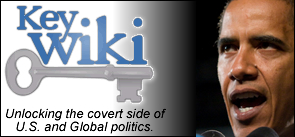Hillary Clinton’s Lies Are Starting to Catch Up with Her
By: Roger Aronoff Accuracy in Media The mainstream media appear eager to distract from the...
Read MoreBy: Roger Aronoff Accuracy in Media The mainstream media appear eager to distract from the...
Read MoreBy: Kenneth Timmerman Accuracy in Media Exclusive to Accuracy in Media The emails show more than...
Read More

My beloved husband,
GARRY HAMILTON,
passed away
on September 24th, 2022.
I will love you always.

